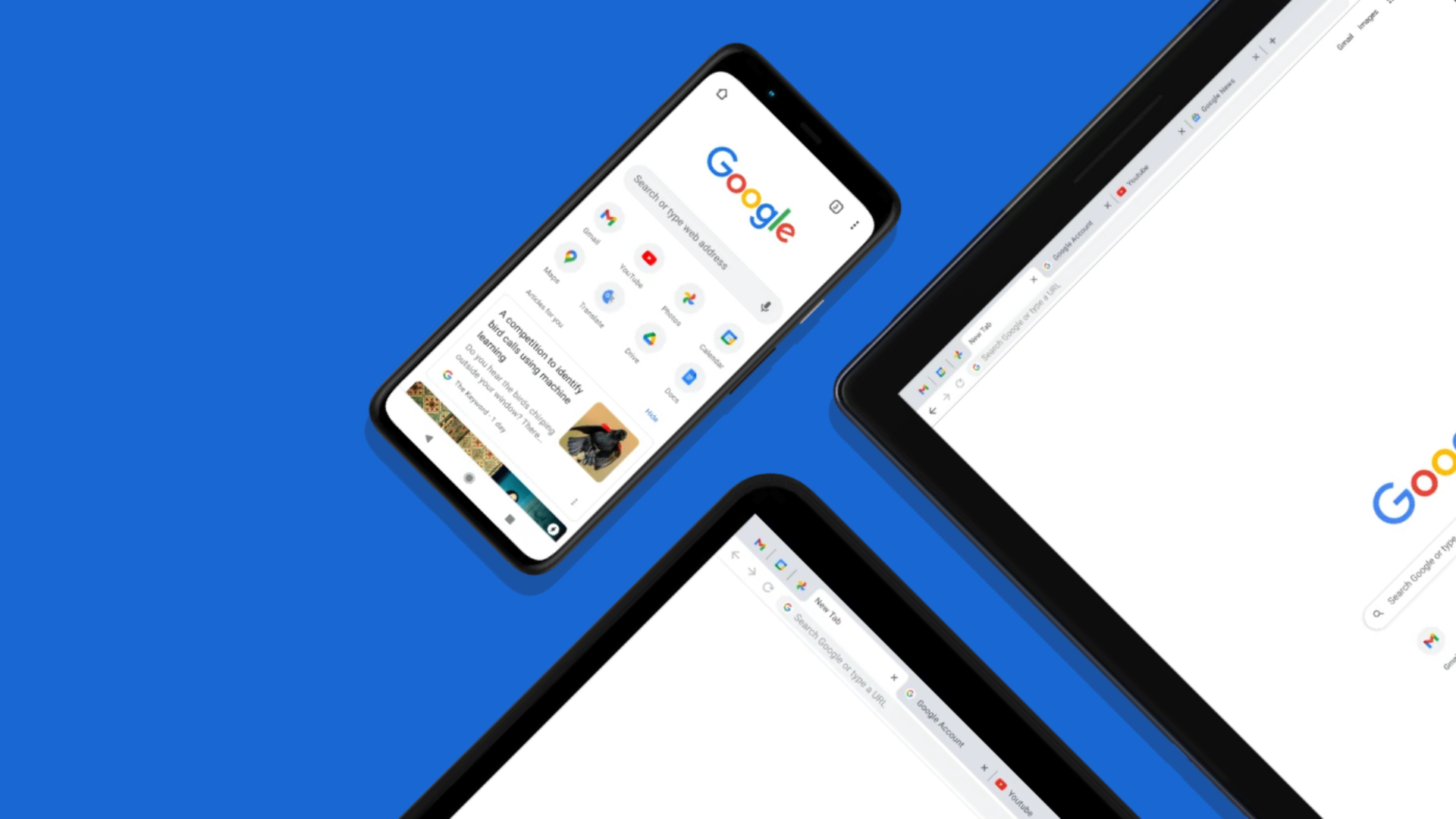Calling all Android users with busy lifestyles or visual impairments! Google Chrome just unveiled a revolutionary feature that will transform the way you consume information on the go. The aptly named “Listen to this page” functionality allows Chrome to read webpages aloud in a variety of languages, including Hindi, offering an unparalleled level of accessibility and convenience.
This article delves deeper into this exciting feature, exploring its functionalities, benefits, and potential future implications.

A Personalized Listening Experience Tailored to Your Preferences
“Listen to this page” goes beyond simply converting text to speech. It empowers users to create a truly customized listening experience. Here’s how:
- Voice Selection: Chrome offers a range of voices, each with its own unique personality. Choose from “Ruby,” a warm and inviting voice, to “River,” a bright and energetic option, to find the perfect match for your listening style.
- Multilingual Support: Breaking down language barriers, “Listen to this page” caters to a global audience. Hindi speakers can now enjoy the convenience of having webpages read aloud in their native language, with support for Spanish and several other languages on the horizon.
- Playback Control at Your Fingertips: Just like listening to a podcast, “Listen to this page” provides a user-friendly playback interface. Play, pause, rewind, or fast-forward the narration with ease. Need to adjust the reading speed for optimal comprehension? No problem, the feature allows you to control that as well.
Enhanced Accessibility and Convenience: A Feature for Everyone
The arrival of “Listen to this page” holds immense value for a diverse range of users:
- Individuals with Visual Impairments: This feature unlocks a world of information for visually impaired users, allowing them to access and engage with webpages independently.
- Busy Professionals: Multitasking becomes a breeze with “Listen to this page.” Catch up on the latest news articles or industry reports while commuting, exercising, or completing chores, all without needing to look at your phone screen.
- Language Learners: Hindi learners can hone their listening comprehension by having web content read aloud in Hindi. This can be a valuable tool to improve pronunciation and understanding of spoken Hindi.
- Anyone Who Prefers Audio Content: For those who simply enjoy consuming information through audio, “Listen to this page” offers a convenient alternative to traditional on-screen reading.
Getting Started with “Listen to this Page”: It’s Easy!
Here’s how to activate “Listen to this page” on your Android device:
- Update Google Chrome: Ensure you have the latest version of Chrome installed. Visit the Google Play Store and update the app if necessary.
- Navigate to Your Target Webpage: Open the webpage you want to hear read aloud.
- Access the Chrome Menu: Tap the three-dot menu located in the top right corner of the Chrome window.
- Find “Listen to this Page”: Look for the option labeled “Listen to this page” within the menu. If the option is available, tapping on it will activate the feature and begin reading the webpage aloud in your chosen voice and language.
A Work in Progress: Room for Improvement
While “Listen to this page” presents a compelling solution, it’s important to acknowledge that it’s still under development. Here are some points to consider:
- Limited Website Compatibility: Google acknowledges that the feature might not be compatible with all websites yet. The complexity of certain webpage layouts or coding might prevent “Listen to this page” from functioning as intended. If a webpage doesn’t support the functionality, the option simply won’t appear in the menu.
- Accuracy and Nuance: While text-to-speech technology has come a long way, it might not always capture the full context or nuance of written content. Users should be aware of this limitation, especially when dealing with complex or technical topics.
A Glimpse into the Future: The Broader Implications of “Listen to this Page”
The introduction of “Listen to this page” on Android signifies Google’s commitment to enhancing accessibility for all users. It also hints at potential future developments:
- Desktop Integration: Google has reportedly tested “Listen to this page” functionality on the desktop version of Chrome. This suggests that the feature might be rolled out beyond mobile devices in the near future, offering a wider range of users the benefits of audio-based content consumption.
- Enhanced Text-to-Speech Capabilities: As technology continues to evolve, we can expect advancements in text-to-speech capabilities.
Frequently Asked Questions:
Q: Does “Listen to this page” work offline?
A: No, “Listen to this page” currently requires an active internet connection to function. This is because the feature relies on Google’s text-to-speech servers to convert the webpage content into audio.
Q: Can I download the audio narration of a webpage for offline listening?
A: Unfortunately, the “Listen to this page” feature doesn’t currently offer the ability to download audio narrations. However, this might be a functionality Google considers in future updates.
Q: What happens if I switch to another app while using “Listen to this page”?
A: The audio narration will continue playing in the background even if you switch to another app. You can control playback (pause, play, etc.) using your phone’s notification panel or by accessing the Chrome menu again.
Q: Are there any accessibility settings I can adjust within “Listen to this page”?
A: Currently, “Listen to this page” doesn’t offer specific accessibility settings beyond voice selection and playback controls. However, with the feature still under development, future updates might introduce functionalities like adjustable reading speed for visually impaired users or text highlighting as the narration progresses.




